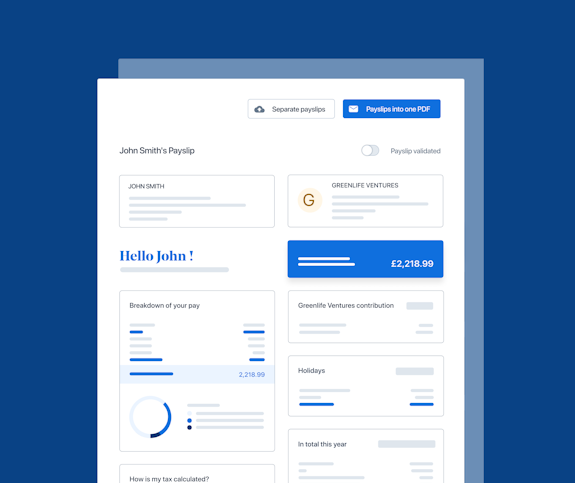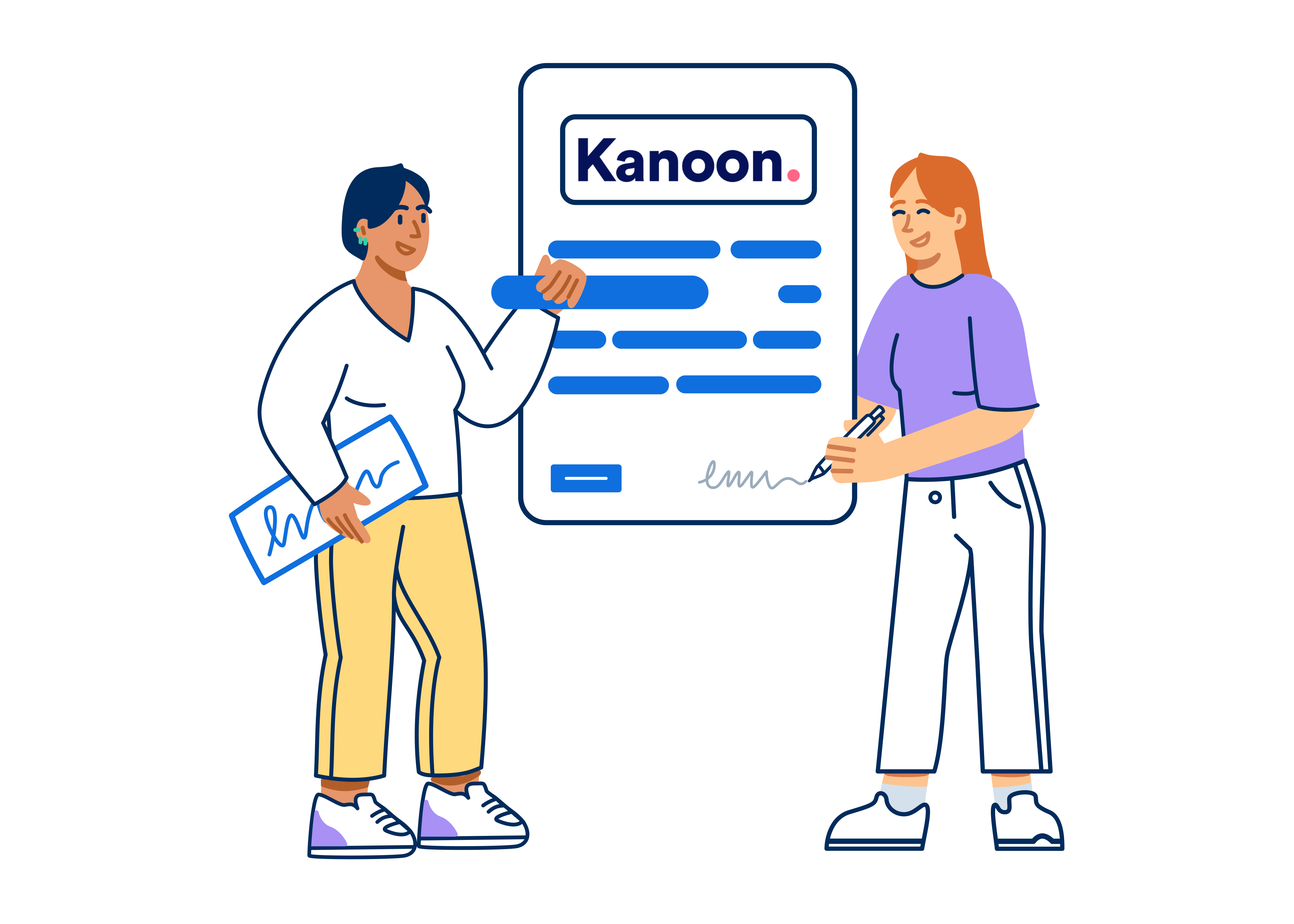- Blog
- |People management
- >Employee wellbeing
- >Apprenticeships
Everything you need to know about apprenticeships


To celebrate the start of National Apprenticeship Week, we thought that we would treat you to a little article about the rules and regulations regarding the employment of apprentices.
► What is an apprentice?
An apprentice is someone who is training to become skilled in a particular trade or role. They combine both on-the-job work with classroom learning to ensure that they become experts in their field.
Did you know?
In 2019/2020, there were almost 719,000 apprentices in the UK.
► What are the advantages of having an apprentice?
Companies can receive government funding to help pay for apprenticeship training; however, the amount received depends on whether the company pays the apprenticeship levy. Companies with a National Insurance contribution (NIC) bill of over £3 million each year are required to pay the levy which can then be used to fund apprenticeships.
If a company isn't required to pay the levy, yet still want support with apprenticeships, then they are required to pay 5% towards the cost of training and assessing their apprentice.
For this to happen, they must agree to a payment schedule with the training organisation and then pay them directly for the training.
Once this has been completed, government grants will pay the remaining 95% up to the funding band maximum.
All apprenticeship funding can be managed by registering for the apprenticeship service.
► How long do they work?
Full-time apprentices who work five days a week must spend at least 20% of their time towards training for their role.
► How much do apprentices earn?

► Calculating tax & National Insurance for apprentices
If an apprentice is being paid wages or a salary, then their pay is considered taxable and NICable income and therefore subject to the usual tax and National Insurance (NI) deductions, just like that of a regular employee.
For HMRC recognised apprentices who are under 25 employers are not liable for any employer National Insurance deduction on earnings below the Upper Secondary Threshold (£4,189 per month).
► Automatic pension enrolment
Apprentices are also subject to automatic pension enrolment rules. If an apprentice falls into the category of an "eligible jobholder", then they must be enrolled into a qualifying pension scheme.
📌 An eligible jobholder is a worker who meets the following criteria
Aged between 22 and the state pension age
Earns at least £833 per month
📌 A qualifying scheme is a pension scheme that meets the following criteria
The minimum total contribution must be 8% of which the employer must contribute at least 3%
The contributions must be based on at least the qualifying earnings which are between the Lower Earnings Limit and Upper Earnings Limit (currently between £512 and £4,189 per month for the 2021-22 tax year).
► Apprentices & annual leave
Full-time apprentices – e.g. those that work five days a week – are entitled to 28 days' annual leave in addition to the paid time off for training.
► Apprentices & PayFit
The PayFit app allows for apprentices to be added to a company's list of employees. The app also guarantees compliance by registering whether or not an apprentice is being paid the correct amount.
Interested in finding out more about PayFit? Why not book a demo with one of our product specialists today.

PayFit disclaimer
The information contained in this document is purely informative. It is not a substitute for legal advice from a legal professional.
PayFit does not guarantee the accuracy or completeness of this information and therefore cannot be held liable for any damages arising from your reading or use of this information. Remember to check the date of the last update.

A UK 4-Day Working Week - Thoughts On Labour’s Plan

Running payroll - A Guide For New Businesses

The Alabaster Ruling & Maternity Pay - A Guide For Employers

The End Of Zero Hours Contracts? Implications For Businesses

What is the HM Revenue and Customs Starter Checklist

